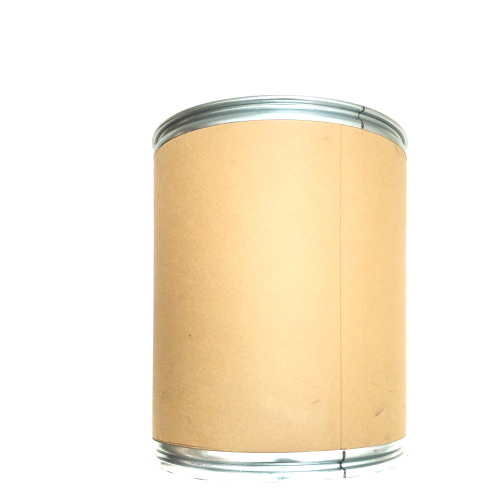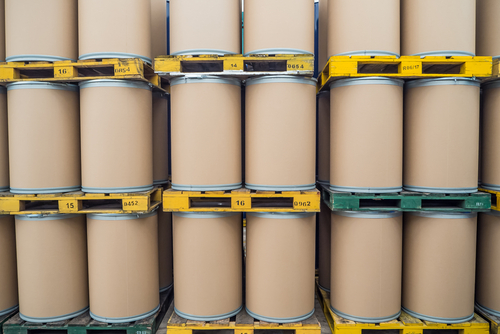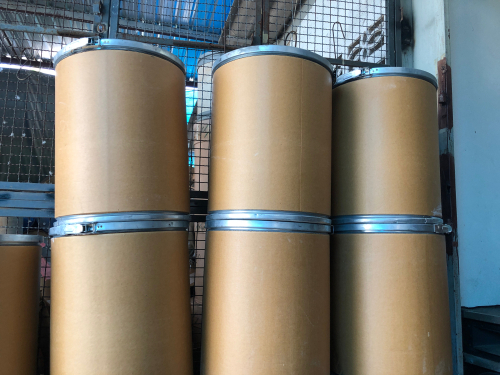Fiber barrels are a great choice when it comes to storing and transporting a variety of different goods and materials, including powders, soaps, grains, spices, metal parts and much more. There are many benefits to using these kinds of storage containers, including the fact that they’re reusable.
But reusing your fiber barrels requires some preparation. You need to make sure your barrel is structurally sound and completely clean before loading in another batch of goods. Learn how to refurbish your fiber drums and barrels to keep your goods safe and sound.
Why Use Fiber Barrels and Drums?
One of the main reasons fiber barrels were invented in the first place had to do with the fact that manufacturers needed a lighter alternative to steel and plastic drums. Fiber drums are made with layers of cardboard or fiberboard, which means they weigh much less than a steel drum. As a business owner, this helps you cut down your shipping expenses so you don’t have to pay extra just to load heavy steel and metal containers.
These containers are also reusable and durable, helping you transport and store a variety of goods and materials. They can even be used to transport and store fluids and liquids. Fiber barrels containing fluids are lined with polyethylene plastic to protect against leaks.
They also tend to be cheaper than their metal or plastic counterparts, so you don’t have to pay as much upfront. Purchase used fiber drums to save even more money. You can even customize your fiber barrels based on your product specifications.
How to Refurbish Your Fiber Barrels
If you plan on reusing your fiber barrels, follow these steps to make sure your barrels are ready to go.
- Visual Inspection
It all starts with a visual inspection. Look over the outside and inside of the barrel and keep an eye out for anything unusual. If you notice any structural damage, the barrel may not be suitable for reuse. The inside tends to be deep, so use a flashlight to thoroughly inspect it.
- Remove the Label
Once you’ve inspected the barrel, take a moment to remove the original label even if you’re loading it with the same goods or materials. You don’t want someone to mistake the old label for the new one, so remove it before loading in your products.
- Cleaning the Interior
Now, it’s time to clean the inside of your barrel. There are several ways to accomplish this. If the barrel was used to store dry goods like spices and powders, use forced air to remove any debris that still may be inside. If the barrel was used to store liquids, use high-pressure steam or high-pressure alkaline rinses to thoroughly disinfect the interior.
- Follow Up Visual Inspection
Before you start loading in more products, take another moment to visually inspect the barrel one more time. Make sure the inside is completely clean and free of debris. Again, use a light to take a closer look at the inside of the barrel.
- Relabel the Container
Don’t forget to relabel the barrel with the correct shipping and storage information, including the contents of the barrel, any special handling or safety instructions, when it was last inspected and packed, the weight of the contents and, if you’re shipping the container, the destination.
Refurbishing: Things to Keep in Mind
As you go about refurbishing your fiber barrels, keep these considerations in mind.
- What Type of Drum
Remember to choose wisely when it comes to selecting your fiber barrel. If you plan on shipping or storing liquids, make sure the barrel is designed to store fluids. It should have a plastic liner bonded to the inside of the container to protect the fiberboard from moisture.
Do not use fiber drums for corrosive or hazardous materials like oil, solvents and detergents. Use an IBC container or metal drum instead.
- How It Will Be Used
Consider how the drum will be used when inspecting and cleaning the container. If you’re storing dry goods, be on the lookout for small pieces of debris that may contaminate your next shipment. If you’re storing liquids, carefully inspect the plastic liner for damage or the liquid may impair the structural integrity of the barrel.
Fiber barrels are a great resource for your business if you’re looking for a lightweight, reliable shipping container. Use these tips to properly refurbish your barrels so you can use them again and again without damaging your next shipment.


